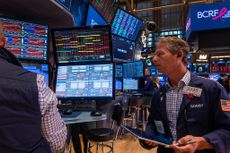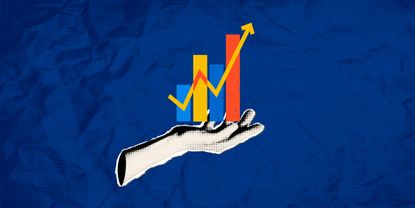Investment Strategy
The latest news, updates and opinions on Investment Strategy from the expert team here at MoneyWeek
Explore Investment Strategy
-

Tetragon Financial: An investment trust with stellar returns
Tetragon Financial has performed very well, but it won't appeal to most investors – there are clear reasons for the huge discount, says Rupert Hargreaves
By Rupert Hargreaves Published
-

How to profit from the markets’ pessimism about Britain
Opinion There was little in the Budget to prop up Britain's stock market, but opportunities are hiding in plain sight. Investors should take advantage while they can
By Cris Sholto Heaton Published
Opinion -

The reinvention of the high street – and how to invest
The high street brands that can make shopping and leisure an enjoyable experience will thrive, says Maryam Cockar
By Maryam Cockar Published
-

What is fiscal drag? How you could protect your money from the taxman
The freeze on income tax thresholds has been extended until the 2030/31 tax year, forcing millions into paying more tax as their wages rise with inflation. What is fiscal drag, and how can you protect your money from it?
By Daniel Hilton Last updated
-

Workspace: Profit from a return to the office
Workspace is an unloved play on the real estate investment trust sector as demand for flexible office space rises
By Rupert Hargreaves Published
-

The looming copper crunch
Miners are not investing in new copper supply despite rising demand from electrification of the economy, says Cris Sholto Heaton
By Cris Sholto Heaton Published
-

What is private equity, and should you invest?
Private equity companies are a relatively risky investment, but they offer potentially superior returns for this risk. We explain what you need to know before investing in private equity.
By Dan McEvoy Last updated
-

Three solid British stocks going cheap
Opinion Ian Lance and Nick Purves, fund managers at Temple Bar Investment Trust, highlight three British stocks with strong cash flows and robust balance sheets
By Ian Lance Published
Opinion -

Is now a good time to invest in Barclays?
Barclays' profit growth is healthy, and the stock is cheap compared with its rivals
By Dr Matthew Partridge Published
